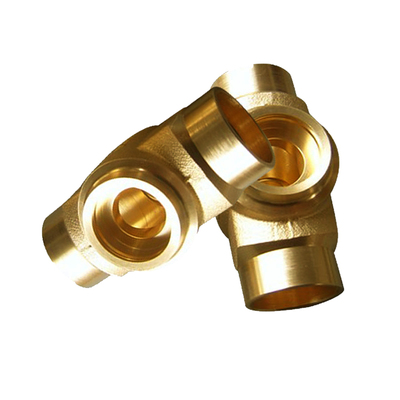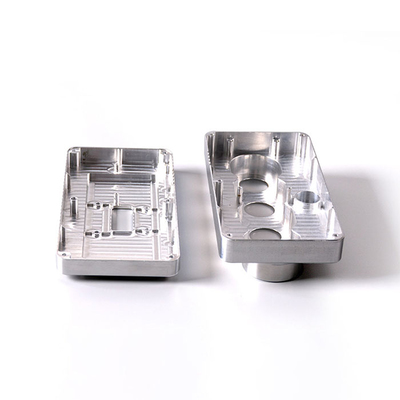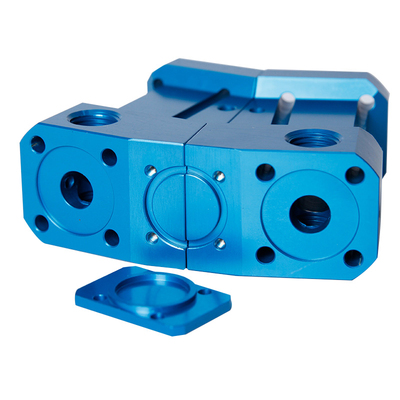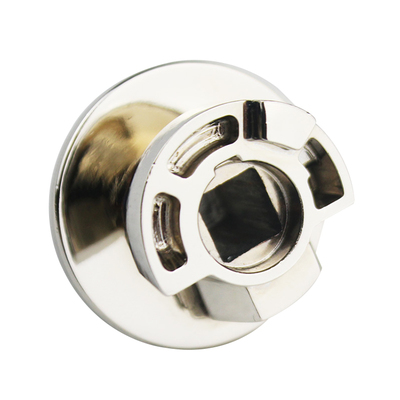Develop a new use of gold nanoparticles for "gloss" detection of 3D printing defects
Anderbilt researchers have developed a technology that uses gold, which can "illuminate" 3D printed parts to show defects in the parts. Cole Brubaker, a graduate student in civil engineering and the lead author of the study, said: "This is one of the first applications to use gold for defect detection. We are able to use the optical properties of embedded gold nanoparticles to inspect and detect defects that are invisible to the naked eye. A very critical step-so we can say that we can say,'It's really flawed, it's here.'"
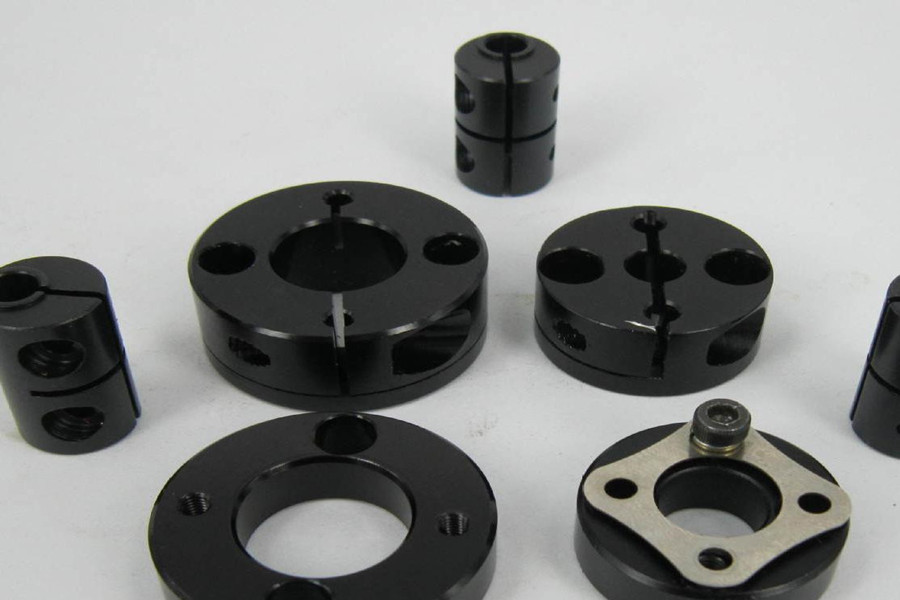
The research team used very tiny gold particles, which actually showed a dark maroon color. Nanoparticles are about 100,000 times thinner than human hair, but they can solve a major problem in manufacturing.
Not only is gold shiny on the surface, Vanderbilt researchers can make it "shiny" in the 3D printed structure, helping them quickly find defects in the printing process. The researchers said that with the help of this new design method, more powerful 3D printed structures, such as cars or houses, can be made.
Kane Jennings, chair and professor of chemical and biomolecular engineering, and co-author of the paper, said: “3D printing materials are becoming more and more common in our daily lives, from daily consumer goods and products to 3D printing displays of car houses, but 3D printing There are some problems with the processing of the material. There may be small defects or lack of a printed layer. These defects may damage and weaken the structural integrity of the 3D printed product, causing errors."
The researchers decided to try embedding gold in the printed material to determine whether it would help mark these defects. "It is similar to the gold of your ring, but it has very unique optical properties and does not weaken over time," Brubaker said.
This innovative method involves mixing gold nanoparticles with dissolved plastic polymers and dispersing them throughout the medium. When it dries and hardens, the plastic is extruded or pressed into polymer filaments or thin tubes filled with gold nanoparticles, which can then be used in standard 3D printers.
After printing a part, put it in a special UV-Vis spectrophotometer to check for defects. Brubaker said: "We use the absorbance characteristics of embedded gold nanoparticles. We only need to scan the light on the surface of the sample to see if the internal absorbance drops, indicating that the material is defective. It can be done through a non-destructive measurement. Finding defects. Very fast, just a few seconds. We don’t need to rely on large sensing systems that require sensors to be placed on the entire part."
This interdisciplinary research team includes researchers from the Department of Civil and Environmental Engineering, the Department of Chemistry and Biomolecular Engineering, and the Department of Chemistry, as well as the help of undergraduates studying at Fisk University in Nashville. Funded by the Office of Naval Research. This technology is applying for a patent, and the research results have been published in the journal ACS Applied Nano Materials ("Nondestructive Evaluation and Detection of Defects in 3D Printed Materials Using the Optical Properties of Gold Nanoparticles").
Jennings said: "We can use this technology to make a lot of results. It has been proven that 3D printed parts can self-detect and self-report defects. We are now exploring the possibility of using these smart materials to do more."
Brubaker said: "And what really excites me is that we can apply this technology to a wide range of applications, and we are only exposed to some superficial things."
Link to this article: Develop a new use of gold nanoparticles for "gloss" detection of 3D printing defects
Reprint Statement: If there are no special instructions, all articles on this site are original. Please indicate the source for reprinting:https://www.cncmachiningptj.com
 PTJ® provides a full range of Custom manufacturer of precision fabricated parts made from aluminum parts, brass parts, bronze, copper parts, high yield alloy, low carbon steel investment casting, high carbon steel and stainless steel alloy. Capable of handling parts up to +/-0.0002 in. tolerance. Processes include cnc turning, cnc milling, laser cutting,.ISO 9001:2015 &AS-9100 certified.
PTJ® provides a full range of Custom manufacturer of precision fabricated parts made from aluminum parts, brass parts, bronze, copper parts, high yield alloy, low carbon steel investment casting, high carbon steel and stainless steel alloy. Capable of handling parts up to +/-0.0002 in. tolerance. Processes include cnc turning, cnc milling, laser cutting,.ISO 9001:2015 &AS-9100 certified.
Tell us a little about your project’s budget and expected delivery time. We will strategize with you to provide the most cost-effective services to help you reach your target,You are welcome to contact us directly ( [email protected] ) .

- 5 Axis Machining
- Cnc Milling
- Cnc Turning
- Machining Industries
- Machining Process
- Surface Treatment
- Metal Machining
- Plastic Machining
- Powder Metallurgy Mold
- Die Casting
- Parts Gallery
- Auto Metal Parts
- Machinery Parts
- LED Heatsink
- Building Parts
- Mobile Parts
- Medical Parts
- Electronic Parts
- Tailored Machining
- Bicycle Parts
- Aluminum Machining
- Titanium Machining
- Stainless Steel Machining
- Copper Machining
- Brass Machining
- Super Alloy Machining
- Peek Machining
- UHMW Machining
- Unilate Machining
- PA6 Machining
- PPS Machining
- Teflon Machining
- Inconel Machining
- Tool Steel Machining
- More Material

